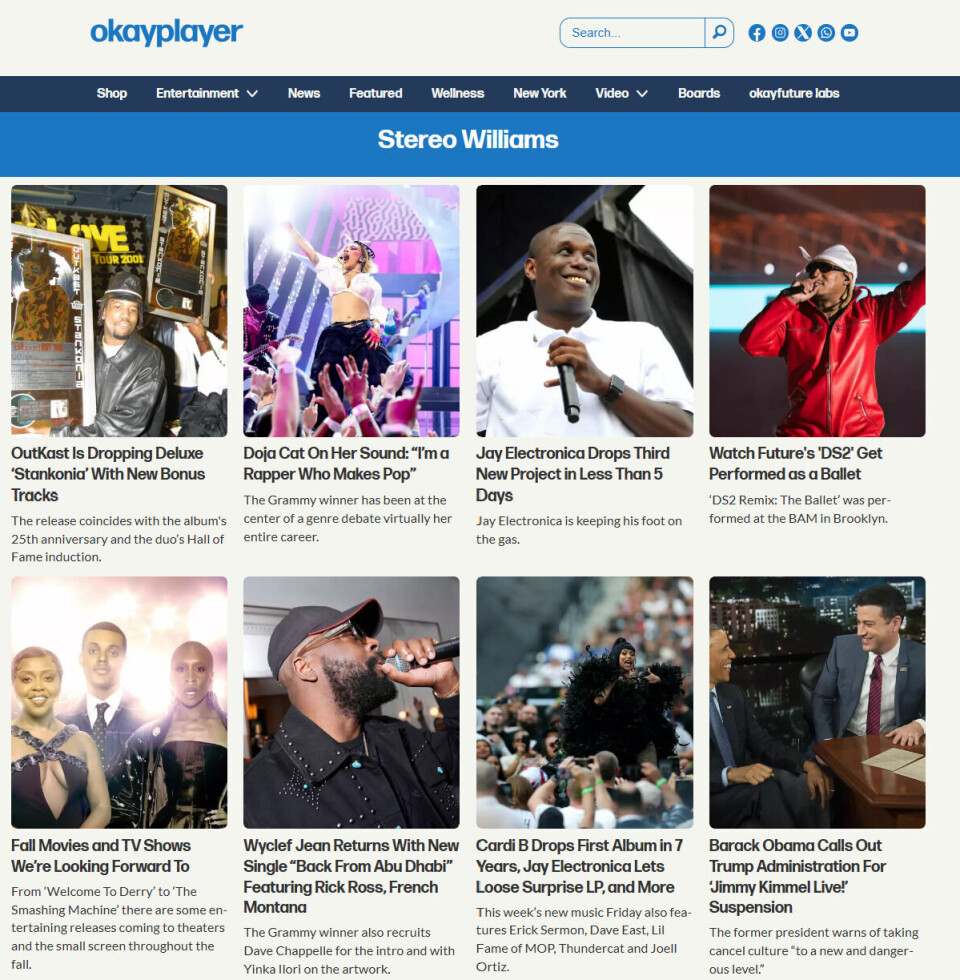
Google Discover for Publishers, and how to win it!
Tonje Halvorsen answers most asked questions from publishers giving tips for best practices, and how to optimize for Google Discover
Many publishers are seeing unpredictable traffic patterns from Google Discover. Unlike traditional search, Discover is a dynamic feed that surfaces content based on user behavior, more like social media feeds, not queries. Here are common questions publishers ask, and actionable answers.
What content fields should you use to optimize for Google Discover?
Labrador CMS provides clear fields for SEO titles and descriptions, which are excellent for traditional search. However, Google Discover often pulls different elements into its feed – particularly the H1 or page title.
That is why there are no dedicated Discover fields. My recommendation is to use each field for its intended purpose. Pay close attention to whether your H1 or meta title tends to show up in Discover, and consider writing more creative, emotional titles for content that you want to surface in the feed.
Why has my Discover traffic dropped?
Traffic fluctuations are common in Google Discover. If you haven’t made changes to your indexing setup, tagging system or content structure, the issue may lie in how well your content matches user interest.
Start by identifying which topics have seen the biggest traffic drop and analyze what worked before. Also consider Google’s Helpful Content Updates. If your content has become more generic or less authoritative, this may be a factor. Aligning with topical expertise and user relevance is more important than ever.
How can we grow Discover traffic faster?
There is no silver bullet, but publishers who perform well in Discover often have a clear topical niche. To improve visibility:
Establish topical authority. If you cover many topics but excel at one, for example, soccer on a sports news site. Build clusters around that topic. Interlink content and publish consistently to signal expertise on soccer even though you have more sport content. That way, each time you post something about soccer, you are more likely to end up in a soccer fan's feed.
Use Google Publisher Center. Upload your RSS feed, define your publication topics, and ensure technical metadata is structured correctly. This helps Google understand your site’s authority.
Have recent core updates affected Google Discover performance?
Yes, indirectly. Discover is not explicitly targeted in core updates, but the effects are still noticeable – particularly for news publishers.
Many sites have seen traffic declines following recent updates. Combined with new search features like AI Overviews and stricter E-E-A-T criteria (Experience, Expertise, Authoritativeness, and Trustworthiness), your visibility in Discover can be impacted. Monitoring your performance across core updates is essential.
Do E-E-A-T signals affect Discover visibility?
Absolutely. Google rewards sources that demonstrate clear expertise and credibility. Labrador’s upcoming author bio pages will allow you to showcase who wrote the content, their credentials, and link to other published work. Both Okayplayer and Okayafrica now use the author pages.
This strengthens both E-E-A-T signals and user trust, and can improve how your articles are ranked and surfaced in feeds like Discover.

Final thoughts
Google Discover requires a hybrid mindset. It’s not about keyword targeting, but about relevance, freshness, and user interest. Understanding how Google surfaces your content and refining your approach across editorial, technical and topical signals can help your brand stay visible, even as search continues to evolve
Tonje has recently held a webinar on the News SEO topic, if you want to learn more you can fill out the form and we'll send you the link to the webinar!



